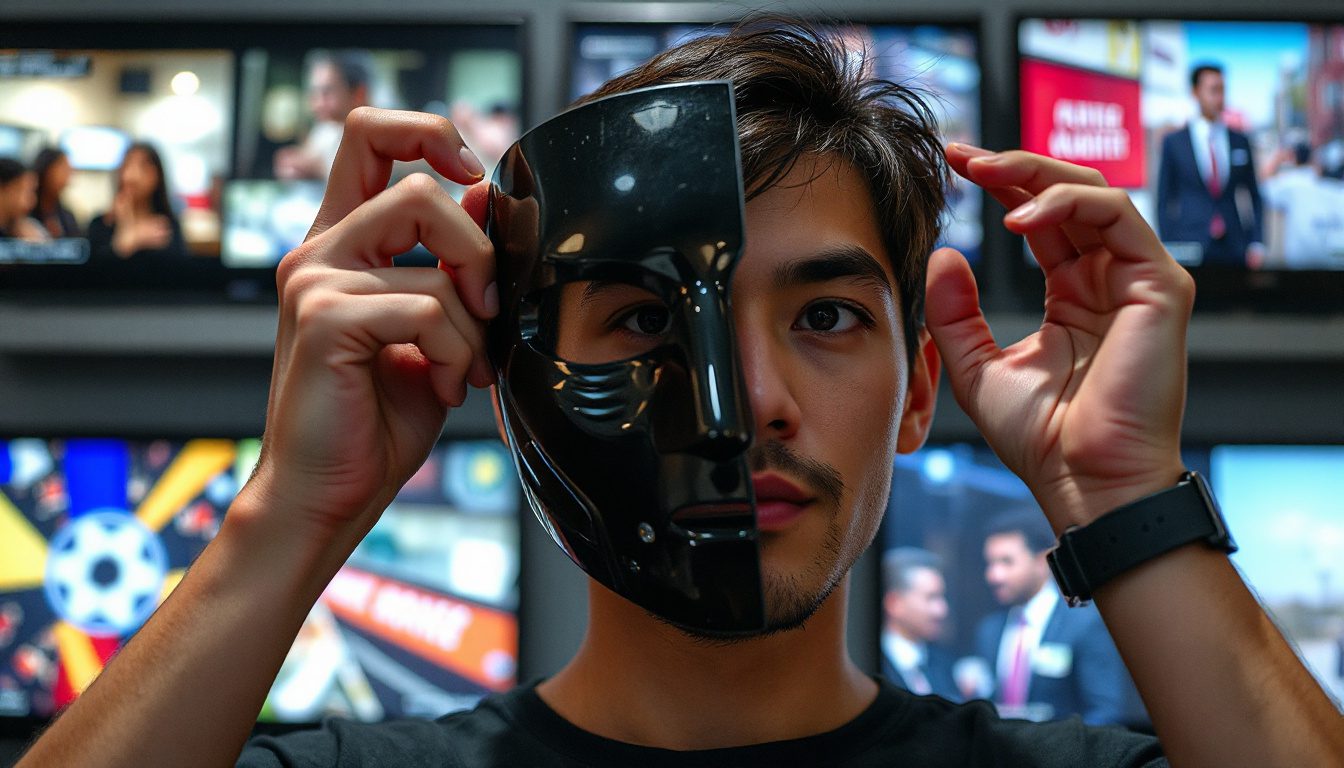Unmasking AI-Generated Videos: How to Spot the Subtle Tells
AI videos appear on social media and in ads. They show errors that mark them as machine-made. This guide helps you see these errors. It helps both watchers and makers improve what they see or create.
Why Do AI-Generated Videos Often Look Off?
The tech for AI videos has grown fast. Yet it still misses parts of natural video. AI learns from videos, including its own work. When it copies mistakes, the errors stick. Short links between words show where faults come in.
Three Key Tells in AI-Generated Videos
-
Unnatural Human Movements in Complex Actions
AI handles simple moves well. Complex actions like jumping or falling do not work as well. A jump needs smooth motion and clear weight. AI moves feel jerky or odd. In this case, each word and idea stays close, but the result seems off. -
Distorted Body Features and Shapes
Old systems produced extra fingers. New systems fix that error more often. Still, limbs may twist or lose shape. AI people might have arms that bend wrongly. The error comes from learning from its own mistakes. Many creators now choose animals or objects. Fewer parts mean fewer errors show up. -
Awkward Pauses and Timing in Speech
Many AI videos include odd breaks in speech. The speaker may stop like they are hesitating. These stops break the flow. Editing can remove these pauses and bring speech closer to natural rhythm. Short steps between words make each link clear.
How These Tells Affect Your Viewing or Content Creation
-
For Viewers:
When you watch videos, look for jerky motions, twisted limbs, or strange pauses in speech. Each small error can show that the video might be fake. -
For Creators:
Knowing these flaws helps you work on them. You can try to set clear cues for action, choose subjects that need fewer parts, or edit speech to follow natural timing.
What’s Behind These Challenges?
AI learns from many video samples. It picks up patterns from both real and error-filled videos. The mistakes get passed on in new videos. Top tools like Sora 2 and VO3.1 still show these faults. Each linked pair of words expresses how errors repeat without break.
Practical Tips to Spot AI Videos Quickly
- Watch for jerky motion in actions.
- See if arms or fingers look odd.
- Listen for speech that stops without reason.
- Check if animals or objects appear smoother.
- Look for small background errors.
How Creators Can Improve AI Videos
- Focus on subjects that have fewer moving parts.
- Divide long scenes into short pieces.
- Remove odd speech breaks by manual editing.
- Guide the video with human review for natural moves.
- Update AI training with good, real videos.
AI-Generated Videos Will Keep Improving, But For Now…
The machines get better fast. They still show signs of being made by AI. When you see these small errors, you know that the video is not perfect. The tools may improve over time, but close links between words and ideas help you spot the flaws.
What To Do Next
- If you create videos, start with clear action prompts. Plan fixes for speech timing and odd shapes.
- If you watch videos, train your eyes on these small errors.
- Stay aware of updates from top video tools as changes may close these gaps.
Understanding these small hints helps you work with online content with care. Whether you produce or watch videos, close attention to each link between words guides you to a better view of AI video work.


